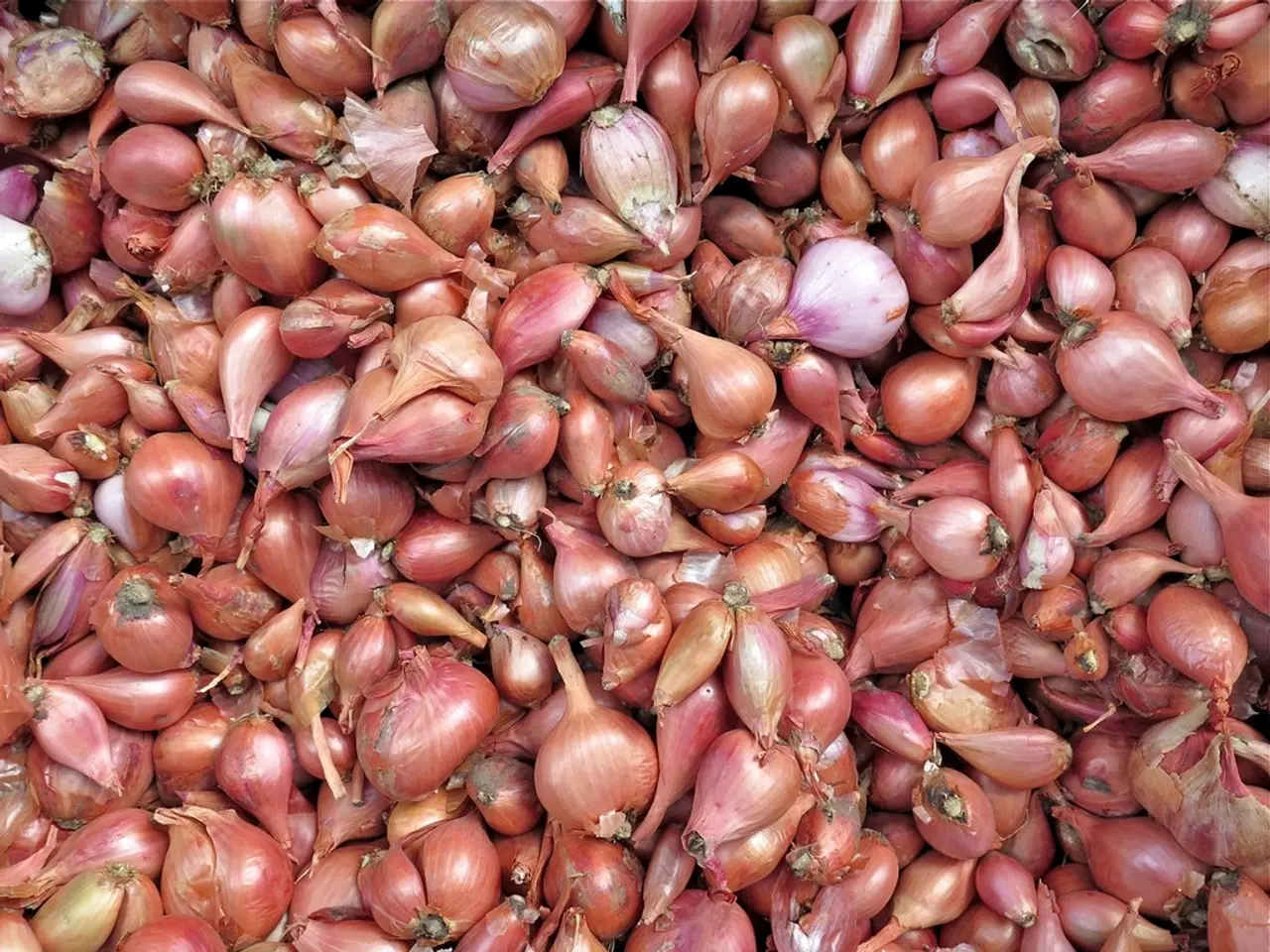Growing Spring Onions: A Comprehensive Guide
Growing your own spring onions, or scallions, can be a breeze! These versatile vegetables are perfect for small spaces or containers and require minimal attention. Plus, they're a great ingredient for salads, stir fries, and many other dishes.
Ready to start your own spring onion patch? Here's what you need to know.
Sowing Spring Onion Seeds
To sow spring onion seeds, choose an open, sunny site with rich, well-drained soil. Prepare the soil by clearing weeds and adding a good fertilizer well in advance. Rake it to a fine texture and water 24 hours before sowing. Dig shallow drills approximately 20mm deep and space them 10cm apart. Sprinkle the seeds into the drills and cover lightly with soil.
You can also sow seeds in trays or modules and transplant them into the garden once they've developed a good root system.
Caring for Spring Onions
Once your spring onion seedlings pop up, thin them out to 5cm apart to give them room to grow. Keep the soil consistently moist, but avoid overwatering. Some varieties can be grown as bulb onions - simply leave alternate seedlings to mature into full bulbs while harvesting the rest as spring onions.
For continuous fresh spring onions throughout the year, sow a batch of seeds every few weeks from early spring through to autumn.
Harvesting Spring Onions
Spring onions are usually ready to harvest around 8 weeks after sowing. Gently fork the soil around the plants before pulling up the small, leafy bulbs.
Storing and Using Spring Onions
Spring onions are best eaten soon after picking, either cooked or raw. Their flavor complements many eastern-style dishes. Frustrated about how to use your crop? Check out these amazing spring onion recipes from olive, including potato and spring onion pancakes.
Problems to Watch Out For
Average Yield:250-300 per 3m row
With the right growing conditions, spring onions are relatively trouble-free. However, if you encounter issues, here are some suggestions:
- If onion flies are a problem, try growing mint alongside your onion crops as a natural deterrent.
Spring Onion Varieties to Try
- 'White Lisbon' RHS AGM is a popular variety due to its fast growth and ability to be sown throughout the autumn to grow through the winter months
- 'Lilia' RHS AGM has a red-colored bulb with dark green leaves and a strong flavor
- 'Performer' is a bunching onion that can't be grown as a bulb. The white stems and leaves have a mild flavor and can be used like chives
- 'North Holland Blood Red' has a mild flavor and can be grown as a salad onion or as a bulb onion
- 'Elody' RHS AGM is a mild-flavored, very hardy variety that can be harvested year-round
From Seeds to Table: Grow Different Varieties for Year-Round Supply
For an extended harvest season, consider the following tips:
Spacing:2.5 apart
- Choose varieties with different maturities: Opt for spring onions that mature at different times, providing a constant supply.
- Stagger planting: Sow seeds or sets at intervals, starting as early as late autumn or winter, continuing into spring and summer.
- Plant both seeds and sets: Seeds can be started indoors or direct-sown for quicker growth or delayed maturity, depending on your needs. Sets provide quicker yields for harvesting young as spring onions.
By combining these strategies, you'll ensure a bountiful supply of spring onions from late winter/early spring through summer!
To expand your home-and-garden lifestyle, consider growing different varieties of spring onions for a year-round supply. By choosing spring onion seeds with various maturities and planting them at different times, you can create a continuous harvest season. Additionally, combined with growing some in containers for convenient gardening, these versatile vegetables can elevate your lifestyle and meals with their freshness and unique flavors.








